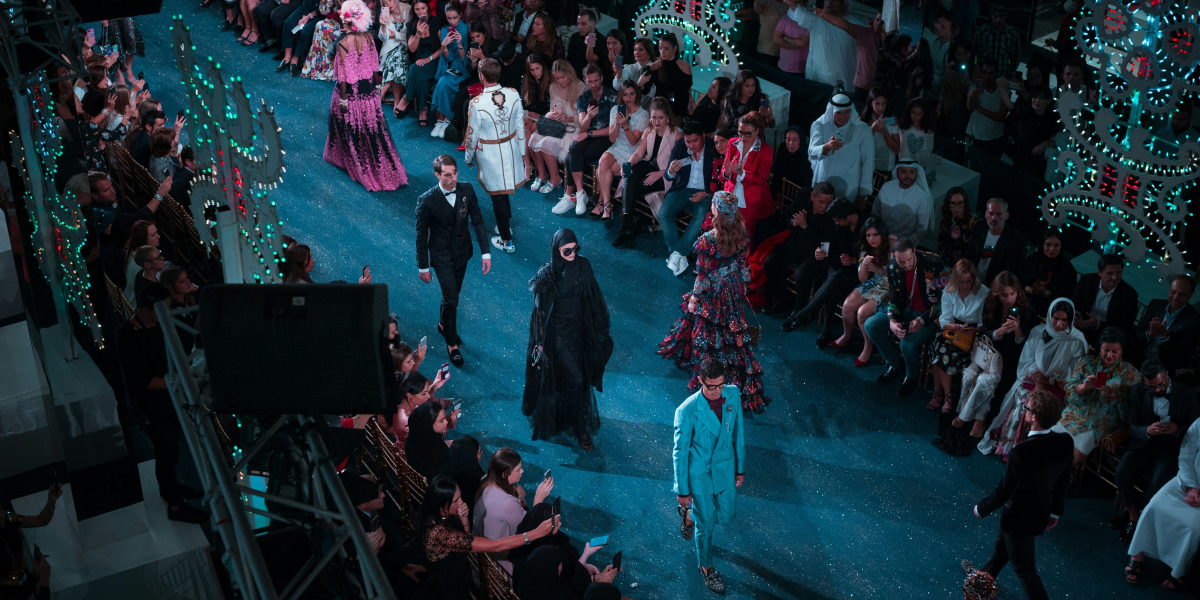Fashion is a global tapestry woven with threads from cities renowned for their distinct style sensibilities. These cities aren’t merely destinations; they set the stage for the world’s trends, influencing what we wear and how we view fashion. This article explores the allure of Paris, Milan, New York, London, Tokyo, and emerging fashion hubs shaping the future of style.
Paris: The Epitome of Elegance
Paris stands as a beacon of sophistication and timeless fashion. As the birthplace of haute couture, Paris embodies elegance with iconic names like Chanel, Dior, and Yves Saint Laurent. Parisian fashion combines classic designs with modern artistry, often using minimalist silhouettes that exude grace. The annual Paris Fashion Week showcases the latest from top designers, showcasing the city’s influence in the global fashion landscape.
Beyond luxury fashion houses, Paris is also home to eclectic and avant-garde designers like Maison Margiela, who push the boundaries of what fashion can be. The city’s cultural depth, from art museums to historical architecture, provides an ever-present inspiration for designers and fashion enthusiasts alike.
Milan: Glamour and Innovation
Milan, the heart of Italy’s fashion industry, is a powerhouse of glamour infused with modern innovation. Milanese fashion balances tradition with bold designs, presenting an array of luxury brands, including Gucci, Prada, and Versace. The city’s designers emphasize impeccable tailoring and high-quality materials, creating pieces combining form and function.
Milan Fashion Week is a must-attend event for fashion insiders, where Italian designers unveil collections that mix luxury with innovation. From the intricate details of evening gowns to cutting-edge streetwear, Milan continually sets a high bar in fashion. The city’s rich history and forward-looking approach make Milan a unique blend of old-world charm and contemporary style.
New York: Diversity and Dynamism
New York City’s fashion scene is an eclectic mix of sophistication and street style, reflecting the city’s diversity. Known for its trendsetting energy, New York fosters designers who draw inspiration from the city’s vibrant neighborhoods. From Fifth Avenue’s luxury boutiques to SoHo’s cutting-edge streetwear, the city’s fashion landscape is as varied as its population.
New York Fashion Week highlights the city’s role as a global fashion influencer, featuring designs that range from minimalist to bold and experimental. The city’s focus on inclusivity allows for a broad spectrum of voices, giving rise to a dynamic and ever-evolving fashion ecosystem. Designers like Ralph Lauren and Marc Jacobs continue to lead the scene while emerging talents bring fresh perspectives to the runway each year.
London: Avant-Garde and Unconventional
London’s fashion industry thrives on a blend of tradition and rebellion. British fashion has a reputation for embracing the unconventional, with designers like Vivienne Westwood and Alexander McQueen known for challenging the norms. London’s street fashion, marked by its eclectic styles and experimental nature, often influences global trends.
The city’s fashion sense is bold and expressive, reflecting a culture unafraid to take risks. London Fashion Week showcases this spirit by offering a platform for up-and-coming designers alongside established names. The city’s approach to fashion is a celebration of individuality, where creativity is encouraged and self-expression is paramount.
Tokyo: Tradition Meets Futuristic Street Style
Tokyo’s fashion landscape is a vibrant fusion of tradition and modern street style. Japanese fashion incorporates elements of its rich cultural heritage while embracing contemporary trends. Neighborhoods like Harajuku are famous for their unique, colorful street styles, with fashion tribes creating visually captivating trends.
Tokyo designers often merge minimalist aesthetics with avant-garde concepts, resulting in styles that are both innovative and deeply rooted in Japanese culture. The city’s fashion industry is known for its attention to detail and craftsmanship, attracting designers and fashion lovers worldwide. Tokyo Fashion Week is a testament to Japan’s growing influence on global fashion, showcasing a mix of high fashion and experimental streetwear.
Emerging Fashion Hubs: Seoul and Copenhagen
While Paris, Milan, New York, London, and Tokyo lead the way, emerging fashion capitals are making significant strides in the industry. Seoul, known for its “K-fashion” trend, blends Korean pop culture with bold, modern designs that appeal to a global audience. Korean fashion emphasizes comfort, clean lines, and vibrant colors, making it popular among younger consumers.
Copenhagen, meanwhile, has carved a niche with its focus on sustainability and minimalist style. Danish designers prioritize eco-friendly materials and ethical production practices, positioning Copenhagen as a leader in sustainable fashion. These emerging cities challenge traditional fashion hierarchies and demonstrate that creativity and innovation know no borders.
The Impact of Global Players and Digital Trends
The fashion industry transcends geographic boundaries, shaped by fast fashion brands, social media, and digital innovation. Brands like Zara and H&M make high fashion accessible to the public, while influencers bridge the gap between consumers and designers, redefining how trends evolve. Social media has made personal fashion a global conversation, with virtual fashion shows and online shopping reshaping the industry. From Paris’s elegance to Tokyo’s street style, each city adds a unique thread to this global tapestry, making fashion a constantly evolving celebration of diverse influences and personal expression worldwide.
Published by: Khy Talara















